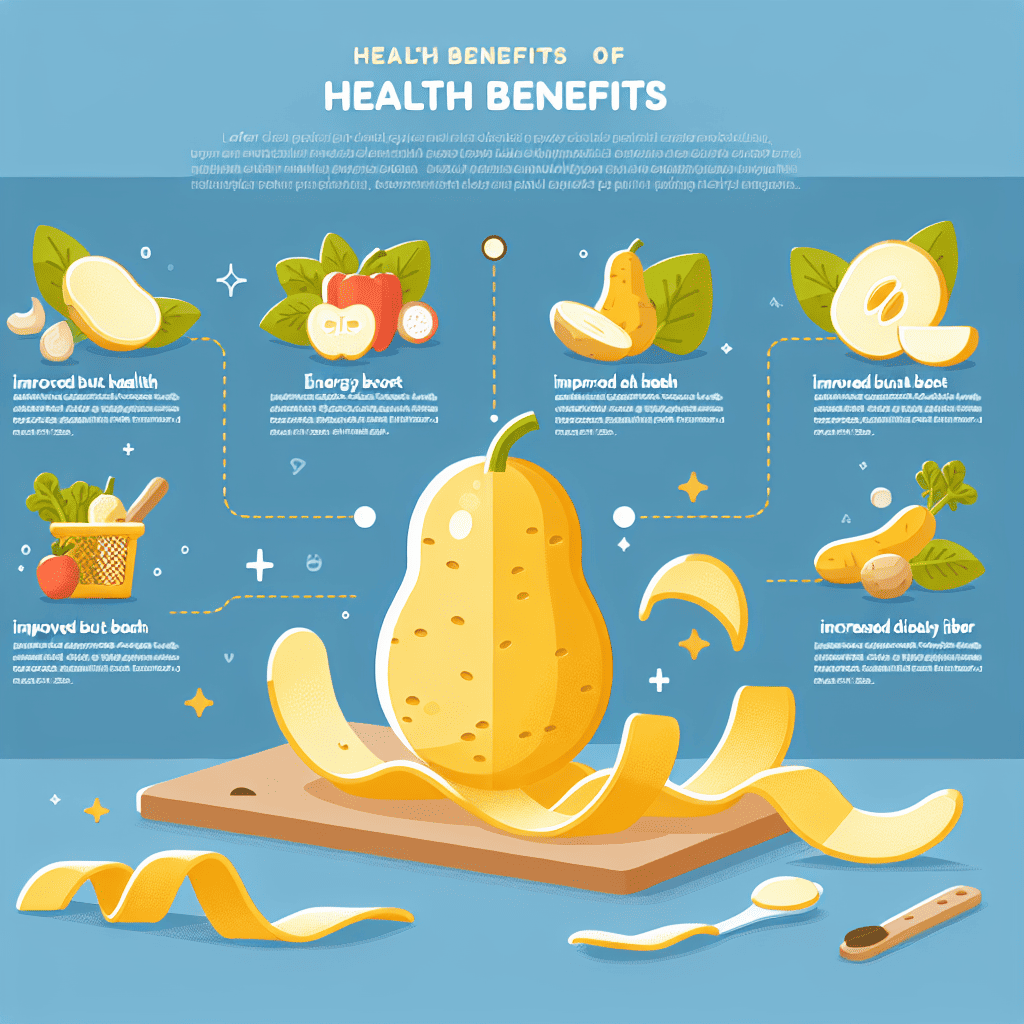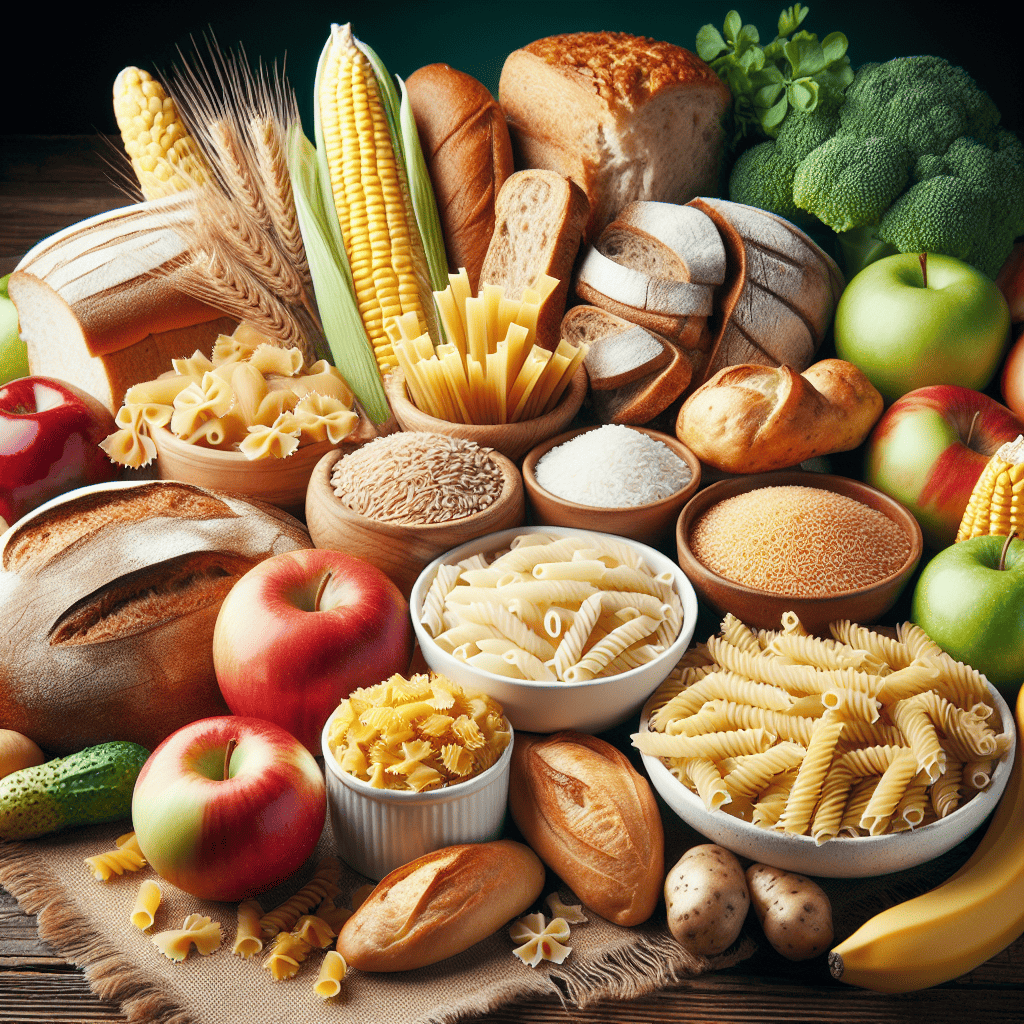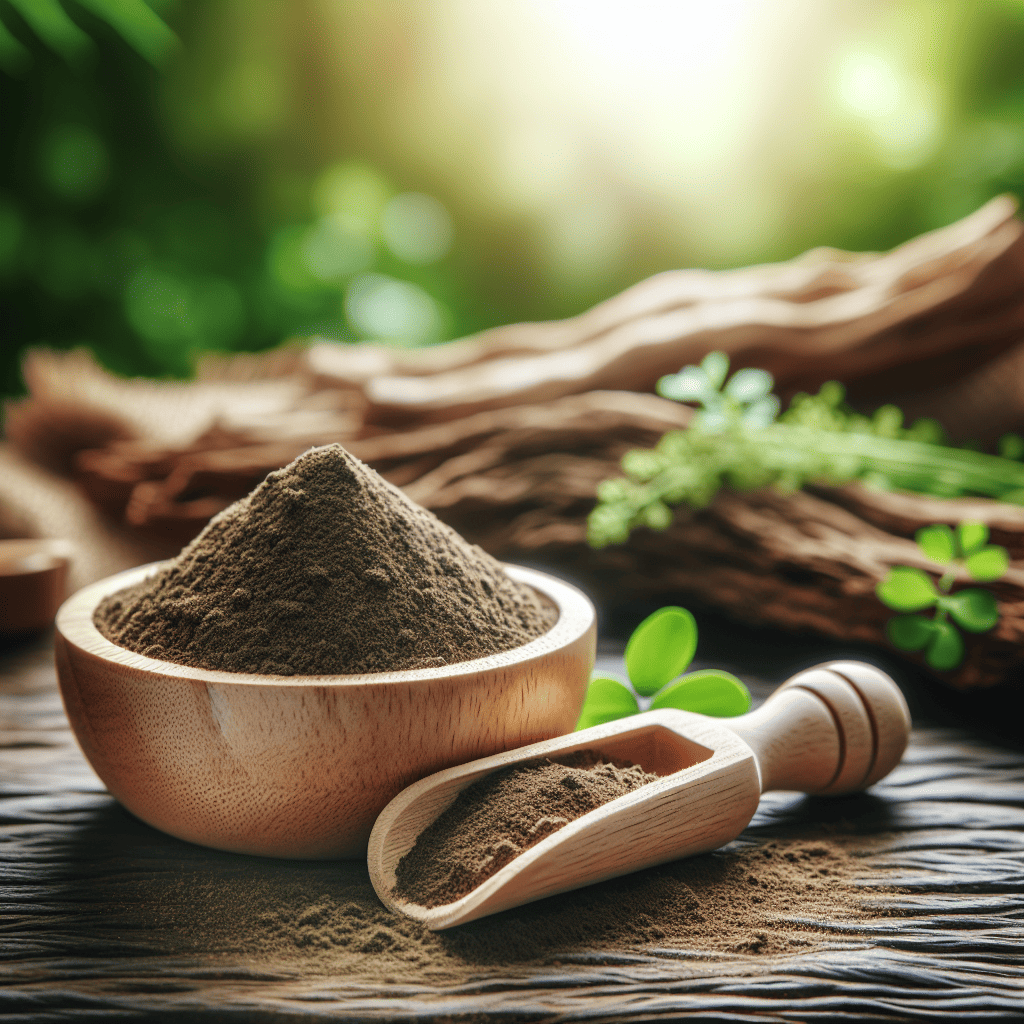Introduction: Potatoes are a staple in many diets due to their versatility. However, the benefits and risks of consuming potato peel are often overlooked. This blog post will explore the potential health advantages, risks, and provide tips for maximizing the nutritional value of potato peel consumption.
Table of Contents
Nutritional Value of Potato Peel
An in-depth look at the nutritional content of potato peel.
- Rich in Fiber and Nutrients:
Potato peels are a valuable source of dietary fiber, a type of carbohydrate that our bodies cannot digest. Fiber plays a crucial role in maintaining digestive health by promoting regular bowel movements and preventing constipation. Additionally, fiber helps in controlling blood sugar levels and can contribute to a feeling of fullness, which in turn may aid in weight management. By incorporating potato peels into your diet, you can increase your fiber intake and support a healthy digestive system.
Not only do potato peels provide fiber, but they also offer a range of essential vitamins and minerals. Potassium, for example, is a vital mineral that helps regulate fluid balance, muscle contractions, and nerve signals in the body. Vitamin C, known for its immune-boosting properties, is essential for collagen production and acts as an antioxidant, protecting cells from damage. B vitamins found in potato peels, such as folate, play a key role in energy metabolism and red blood cell formation. Including potato peels in your meals can be a simple way to enhance your nutrient intake and promote overall well-being.
Incorporating potato peels into your diet can be a sustainable and cost-effective way to maximize the nutritional benefits of this vegetable. Rather than discarding the peels, consider washing them thoroughly and using them in dishes like roasted potatoes, soups, or salads. By doing so, you not only reduce food waste but also harness the nutrients present in the peels. However, it is important to note that if you choose to consume potato peels, opt for organic potatoes to minimize exposure to pesticides and other chemicals. With their fiber content, vitamins, and minerals, potato peels can be a nutritious addition to a balanced diet, supporting your digestive health and overall wellness.
- Antioxidant Properties:
Potato peels are often discarded, but they actually contain a significant amount of antioxidants. Antioxidants are compounds that help protect cells in the body from damage caused by free radicals, which are unstable molecules that can lead to oxidative stress and contribute to various diseases. By including potato peels in your diet, you can potentially benefit from these antioxidant properties that may help reduce inflammation and lower the risk of chronic illnesses.
The antioxidants found in potato peels, such as flavonoids and vitamin C, play a crucial role in neutralizing free radicals and preventing them from causing harm to the body. Studies have shown that diets rich in antioxidant-rich foods can help decrease oxidative stress and inflammation, which are underlying factors in the development of conditions like heart disease and cancer. By incorporating potato peels into your meals either by cooking them along with the potatoes or using them to make snacks like chips, you can increase your intake of these valuable antioxidants.
In addition to their antioxidant content, potato peels also offer dietary fiber, vitamins, and minerals. Dietary fiber is essential for digestive health and can help regulate blood sugar levels and promote satiety. The vitamins and minerals found in potato peels, such as potassium and magnesium, contribute to overall health and well-being. Therefore, instead of peeling potatoes and discarding the nutrient-rich peels, consider keeping them on and reaping the benefits of their antioxidant and nutritional value. Whether you bake, roast, or fry your potatoes, leaving the peels intact can be a simple way to boost the nutritional content of your meals and potentially reduce the risk of chronic diseases.
Potential Risks of Consuming Potato Peel
Exploring the possible drawbacks of including potato peel in your diet.
- Pesticide Residue:
Potato peels can be a nutritious part of the vegetable, providing additional fiber, vitamins, and minerals. However, there is a valid concern regarding pesticide residues that may be present on conventionally grown potatoes. Pesticides are chemicals used to protect crops from pests and diseases, but they can pose health risks if consumed in large quantities. Therefore, one way to mitigate this risk is by choosing organic potatoes, which are grown without synthetic pesticides. Organic farming methods rely on natural processes and sustainable practices to manage pests and diseases.
If organic potatoes are not readily available or are not within budget, thoroughly washing and peeling conventionally grown potatoes can help reduce pesticide residues. Washing alone can remove some surface pesticide residues, while peeling can further eliminate residues that may have penetrated the peel. It’s important to use a vegetable brush or scrubber while washing to remove any dirt or residues effectively. Additionally, peeling can also remove any potential contaminants that may have settled on the surface of the potato peel.
In addition to concerns about pesticide residues, potato peels also contain anti-nutrients like solanine and chaconine, which are natural toxins produced by the potato plant as a defense mechanism. While levels of these toxins are usually low and can be safely consumed in moderation, peeling the potato can further reduce potential exposure. It’s essential to balance the nutritional benefits of the peel with the potential risks of pesticide residues and natural toxins. Ultimately, the choice between consuming potato peels or not depends on personal preferences, health considerations, and access to organic produce.
- Solanine Content:
Solanine is a glycoalkaloid poison found in varying levels in plants of the nightshade family like potatoes, tomatoes, and eggplants. In the case of potatoes, solanine is most concentrated in the peel, sprouts, and green parts of the tuber. When potatoes are exposed to light or stored improperly, they can develop green patches which indicate increased levels of solanine. Consuming high amounts of solanine can lead to symptoms like nausea, diarrhea, vomiting, and in severe cases, it can cause confusion, breathing difficulties, and even coma. However, it’s important to note that the average person would need to consume a significant amount of potato peels to experience these severe effects.
People with specific sensitivities or allergies to solanine should be particularly cautious when consuming potatoes or any related nightshade plants. For most individuals, moderate consumption of peeled, properly cooked potatoes is considered safe. Peeling the potato removes a significant portion of the solanine content, and cooking further reduces it. It’s recommended to discard any potatoes with green spots or a bitter taste and to store potatoes in a cool, dark place to prevent the buildup of solanine. Additionally, individuals with conditions such as arthritis, inflammation, or autoimmune disorders may want to consult with a healthcare provider regarding their consumption of solanine-containing foods.
Overall, while solanine toxicity is a genuine concern, especially for those with sensitivities, it’s essential to keep in mind that the risk of serious harm from potato peels is relatively low in the general population with typical consumption habits. By following proper storage practices, avoiding green patches, and cooking potatoes adequately, one can mitigate the risk of solanine poisoning. In case of any adverse reactions after consuming potatoes or if there are concerns about sensitivity to solanine, it’s advisable to seek medical advice for personalized recommendations and guidance on dietary choices.
Tips for Safe Consumption and Maximizing Nutritional Value
Practical advice on how to safely consume potato peel and get the most out of its nutritional benefits.
- Choose Organic or Wash Thoroughly:
Organic potatoes can be a healthier choice compared to conventionally grown ones due to the reduced pesticide exposure. Organic farming practices prohibit the use of synthetic pesticides, so organic potatoes are less likely to have harmful chemical residues. Pesticides used in conventional agriculture can potentially pose health risks when consumed in high quantities. By opting for organic potatoes, you can minimize the chances of ingesting these chemicals.
In cases where organic potatoes are not accessible or affordable, it is important to properly clean and prepare conventionally grown potatoes. Washing them under running water can help remove some of the pesticide residues from the surface. Additionally, peeling the potatoes before consumption can further reduce the amount of pesticides that are ingested. While peeling may lead to some nutrient loss since many nutrients are found in the potato skin, it can be a trade-off to lower pesticide exposure.
By being mindful of your potato choices and taking steps to minimize pesticide exposure, you can make a conscious effort to protect your health and well-being. Whether you opt for organic potatoes or conventionally grown ones, thorough washing and peeling can help reduce the potential risks associated with pesticide residues. Additionally, supporting organic farming practices by choosing organic produce can contribute to a more sustainable and environmentally friendly food system. Overall, making informed decisions about the food you consume can have a positive impact on both your health and the environment.
- Balance Your Intake:
Potato peels offer nutritional benefits as they are a good source of fiber, vitamins, and minerals. The peel of a potato contains a significant amount of fiber, which is important for digestive health and can help with maintaining a healthy weight. Additionally, potato peels are rich in vitamins such as vitamin C, vitamin K, and B vitamins like niacin and folate. These vitamins play various roles in the body, from supporting the immune system to aiding in energy production.
Despite the nutritional benefits of potato peels, moderation is still essential. It’s important to balance your intake of potato peels with other nutrient-dense foods to ensure you are meeting all your nutritional requirements. Depending solely on potato peels for nutrients may lead to an imbalance in the diet, as they do not provide all the essential nutrients the body needs. Incorporating a variety of fruits, vegetables, whole grains, lean proteins, and healthy fats in your diet alongside potato peels can help you achieve a well-rounded and balanced nutritional intake.
In conclusion, while potato peels can be a nutritious addition to your diet, it is crucial to consume them in moderation and in conjunction with other nutrient-rich foods. By incorporating a variety of foods into your diet, you can ensure that you are getting all the essential nutrients your body needs to function optimally. So, enjoy the benefits of potato peels as part of a diverse and well-balanced diet to support your overall health and well-being.




